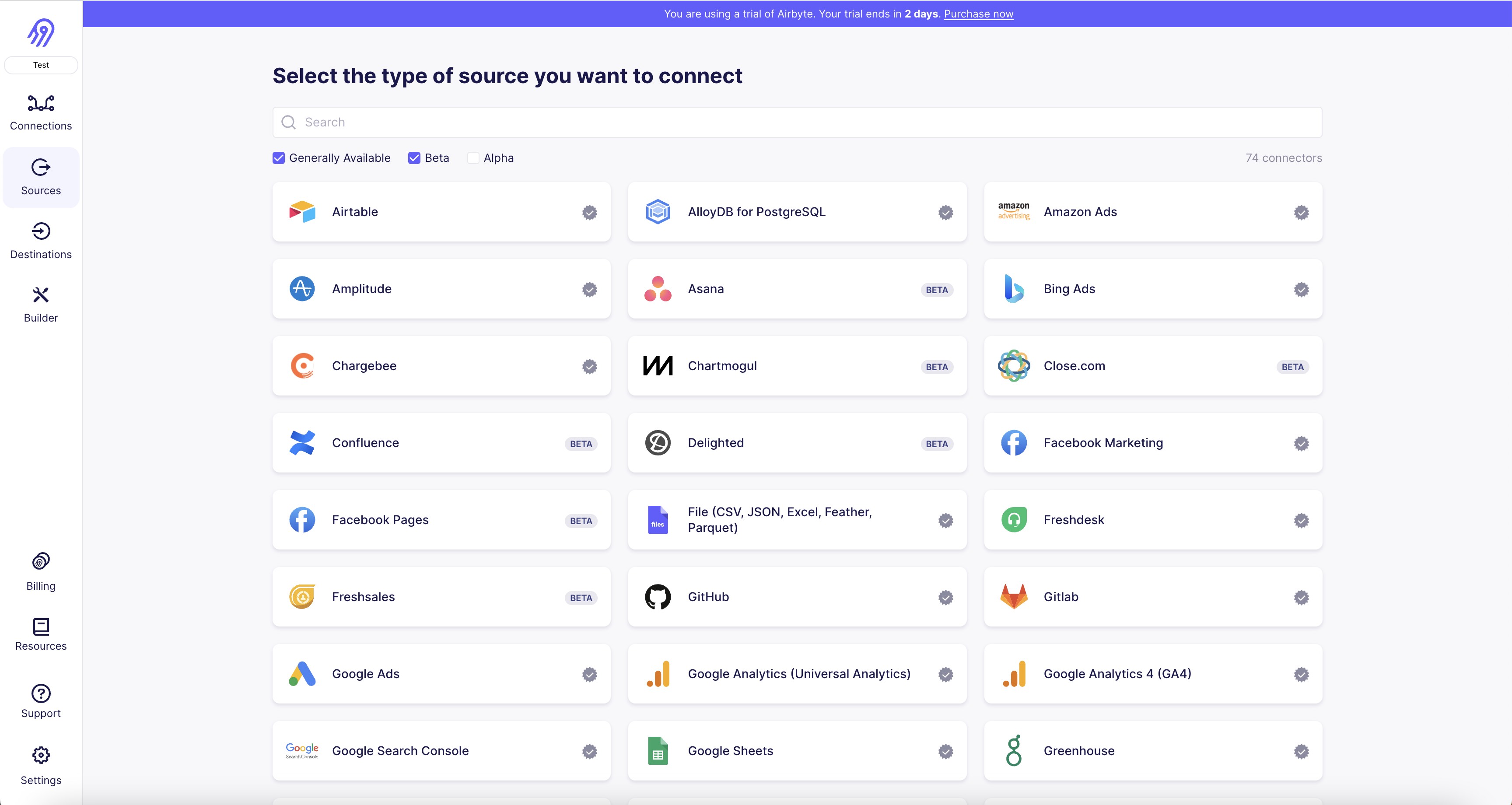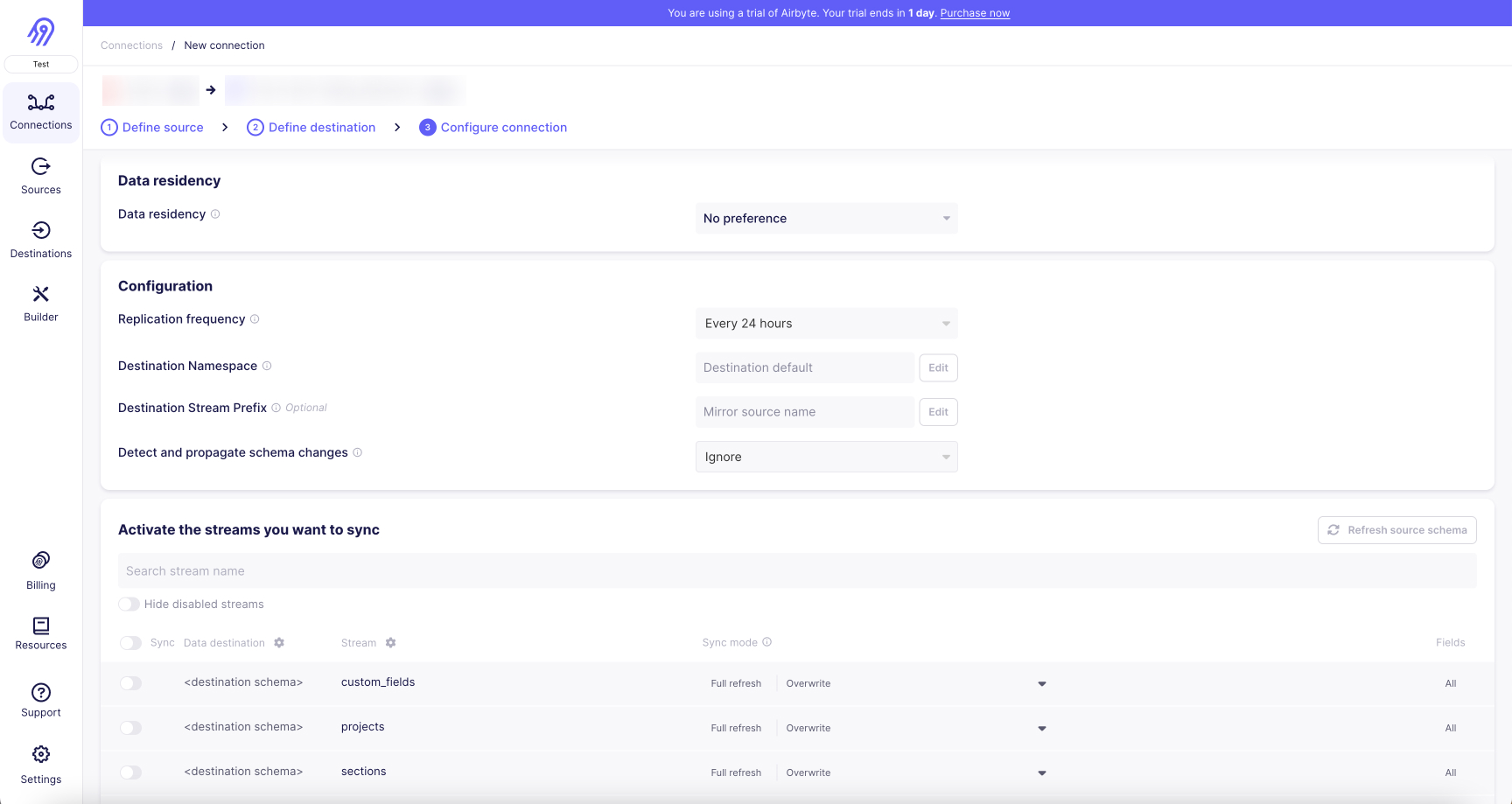Survey Monkey uses the power of the web to enable individuals and companies to reach unprecedented numbers of respondents to gain insights into almost anything. An experience management company, Momentive Inc. (formerly SurveyMonkey Inc.) uses a cloud-based software to provide service solutions for businesses and individuals needing brand or market insights, information regarding consumers’ product experiences, employee and customer experiences—information of any kind for which surveys can provide useful information to improve products, events, experiences.
MySQL is an SQL (Structured Query Language)-based open-source database management system. An application with many uses, it offers a variety of products, from free MySQL downloads of the most recent iteration to support packages with full service support at the enterprise level. The MySQL platform, while most often used as a web database, also supports e-commerce and data warehousing applications, and more.

1. First, navigate to the Airbyte dashboard and click on "Sources" on the left-hand side of the screen.
2. Click on the "Add Source" button in the top right corner of the screen.
3. Select "SurveyMonkey" from the list of available sources.
4. Enter a name for your SurveyMonkey source connector.
5. Enter your SurveyMonkey API token in the "API Token" field. You can find your API token by logging into your SurveyMonkey account and navigating to the "My Account" section.
6. Click on the "Test" button to ensure that your credentials are correct and that Airbyte can connect to your SurveyMonkey account.
7. Once the test is successful, click on the "Create" button to save your SurveyMonkey source connector.
8. You can now use your SurveyMonkey source connector to create a new pipeline or add it to an existing pipeline in Airbyte.
9. To use your SurveyMonkey source connector in a pipeline, simply select it from the list of available sources when creating a new pipeline or editing an existing one.
10. Follow the prompts to configure your pipeline and start syncing data from your SurveyMonkey account to your destination of choice.

1. First, you need to have a MySQL database set up and running. Ensure that you have the necessary credentials to access the database.
2. Log in to your Airbyte account and navigate to the "Destinations" tab.
3. Click on the "Add Destination" button and select "MySQL" from the list of available connectors.
4. Enter the necessary details such as the host, port, username, password, and database name. Ensure that the details are accurate and match the credentials you have for your MySQL database.
5. Test the connection to ensure that Airbyte can successfully connect to your MySQL database. If the connection is successful, you will receive a confirmation message.
6. Once the connection is established, you can configure the settings for your MySQL destination connector. You can choose to enable or disable certain features such as SSL encryption, bulk loading, and more.
7. You can also set up the schema mapping for your MySQL database. This involves mapping the fields from your source data to the corresponding fields in your MySQL database.
8. Once you have configured the settings and schema mapping, you can start syncing data from your source to your MySQL database. You can choose to run the sync manually or set up a schedule for automatic syncing.
9. Monitor the sync process to ensure that data is being transferred accurately and efficiently. You can view the sync logs and troubleshoot any issues that may arise.
10. Congratulations! You have successfully connected your MySQL destination connector on Airbyte and can now start syncing data from your source to your MySQL database.

With Airbyte, creating data pipelines take minutes, and the data integration possibilities are endless. Airbyte supports the largest catalog of API tools, databases, and files, among other sources. Airbyte's connectors are open-source, so you can add any custom objects to the connector, or even build a new connector from scratch without any local dev environment or any data engineer within 10 minutes with the no-code connector builder.
We look forward to seeing you make use of it! We invite you to join the conversation on our community Slack Channel, or sign up for our newsletter. You should also check out other Airbyte tutorials, and Airbyte’s content hub!
What should you do next?
Hope you enjoyed the reading. Here are the 3 ways we can help you in your data journey:



What should you do next?
Hope you enjoyed the reading. Here are the 3 ways we can help you in your data journey:



Should you build or buy your data pipelines?
Download our free guide and discover the best approach for your needs, whether it's building your ELT solution in-house or opting for Airbyte Open Source or Airbyte Cloud.

Ready to get started?
Frequently Asked Questions
SurveyMonkey's API provides access to a wide range of data related to surveys and responses. The following are the categories of data that can be accessed through SurveyMonkey's API:
1. Survey data: This includes information about the survey itself, such as the survey title, description, and questions.
2. Response data: This includes information about the responses to the survey, such as the respondent's answers to each question.
3. User data: This includes information about the users who created the survey, such as their name, email address, and account type.
4. Team data: This includes information about the teams that the user belongs to, such as the team name and members.
5. Template data: This includes information about the survey templates available on SurveyMonkey, such as the template name and description.
6. Collector data: This includes information about the collectors used to distribute the survey, such as the collector type and status.
7. Analytic data: This includes information about the survey results, such as the response rate, completion time, and average score.
Overall, SurveyMonkey's API provides access to a comprehensive set of data related to surveys and responses, which can be used to gain insights and make data-driven decisions.

